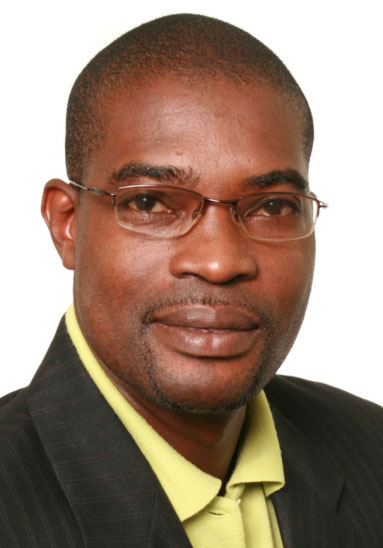The Caribbean Development Bank (CDB) is wrapping up its review of documents for the proposed public/private partnership agreement for the construction of the new Demerara River crossing and request for proposals will be out before the end of the year.
“The model that we said we are going to do is a public/private partnership and the RFPs (Request for Proposals) which are being finalised, is being reviewed by a consultant out of CDB and obviously after that completion, we float it publicly for a short turnaround,” Minister of Public Infrastructure David Patterson told Stabroek News last week.
He said the CDB is close to completing the review and a new tender for the project would be out by the end of 2018. “What the CDB (is) doing is that they are giving technical support on the public/private partnership document. We want to ensure what we write there is everything right; (that) the requests are done correctly,” he added.
The Minister of Public Infrastructure related that the 11 companies that had originally bid for the project when it was slated to be a three-lane retractable bridge would be included in the new bidding process along with any other company that is interested.
“It is the same (11) and they have been notified of the changes or upgrade. Any other person who is interested is not precluded,” he said.
Patterson is adamant that contrary to what some persons have said – that a new feasibility study should be done if the design of the bridge changes – there is no need to have a new feasibility study.
“We don’t need a new feasibility. It is the same bridge. It is like a house and the feasibility study, taking into account all the variables, being different types of construction for it. The feasibility study that is there now has the cost for everything – for low, fixed, high, medium, operable, non-operable …that is all there already. The same feasibility goes into the traffic count and those things. It was only a question of cost so you don’t need any new [one],” he explained.
“It was, for example, building a ten as opposed to an eight-storey building. The foundation we did, the studies, bore holes investigation, environmental, the traffic counts, sites, we did the maritime …and we said fair enough. We anticipated a four-lane bridge would be say US$280 million or US$240 million and a three-lane say US$140 million. So we looked and we said we could afford 140 (US$140 million) so we will go with that but the guys came back with better prices. What we had selected is the cheapest and most affordable one. We said that, but as you saw the figures that came back are more favourable,” he added.
On November 21st last, 11 companies submitted bids, with Chinese companies dominating the bidding for a three-lane bridge.
Its specifications were that it be an approximately 1,500 metre-long fixed bridge with a movable span and two approach roads of a total length of 600 metres. It was envisaged that the project would have commenced sometime this year and be delivered in 2020.
“The New Demerara River Bridge that will connect Houston on the East Bank of Demerara and Versailles on the West Bank will be a medium level bridge with three vehicular lanes and a central moveable part in the form of a lift span to allow for the passage of ocean going vessels,” the Ministry of Public Infrastructure had stated in a video on its Facebook page last year.
“While a number of other structural options were considered, including a high level bridge, it was determined through the feasibility study that a three-lane bridge will adequately serve the current and future traffic demands,” the ministry had added.
But when Minister of Finance Winston Jordan went to China in June of this year for that country’s ninth International Infrastructure and Construction Forum, he had discussions with officials to gain more insight into the proposals by the Chinese companies.
He told attendees at that forum of plans his government has for a fixed four-lane bridge connecting major commercial and industrial regions.
He later explained that it would be an upgrade to the project as the several companies that had put in proposals for the construction of the bridge had done so with a four-lane design.
“Several people put in for different kinds of bridges. Most of them put in for a four-lane fixed bridge so I think the decision will be to go back out for new Request for Proposals for a four-lane fixed bridge,” he had explained.
Previously, Chinese Ambassador to Guyana, Cui Jianchun, had said that the three-lane proposal for the new Demerara River crossing was not modern and China should be given the opportunity to lend funds to build a “21st century” one.





